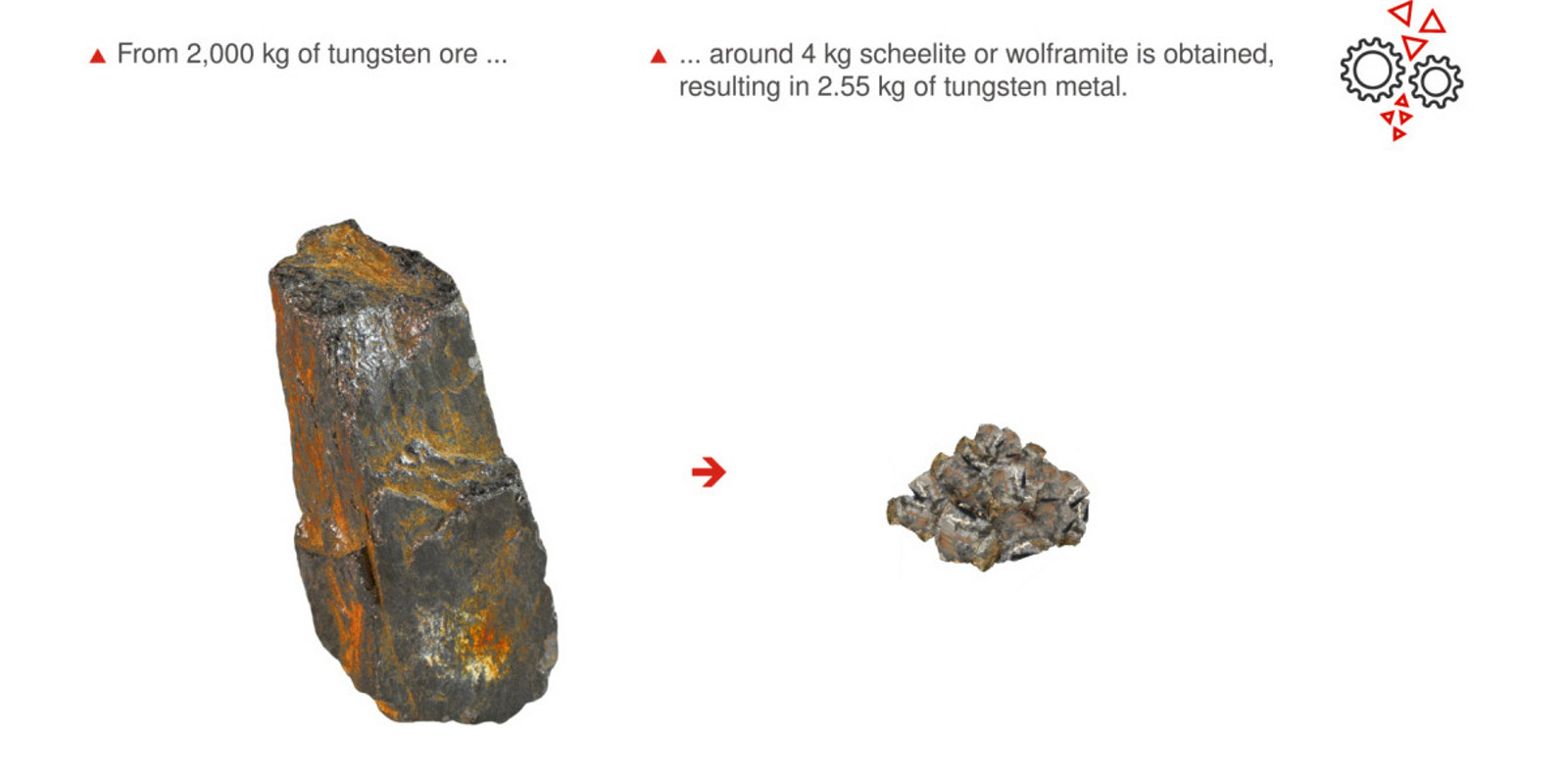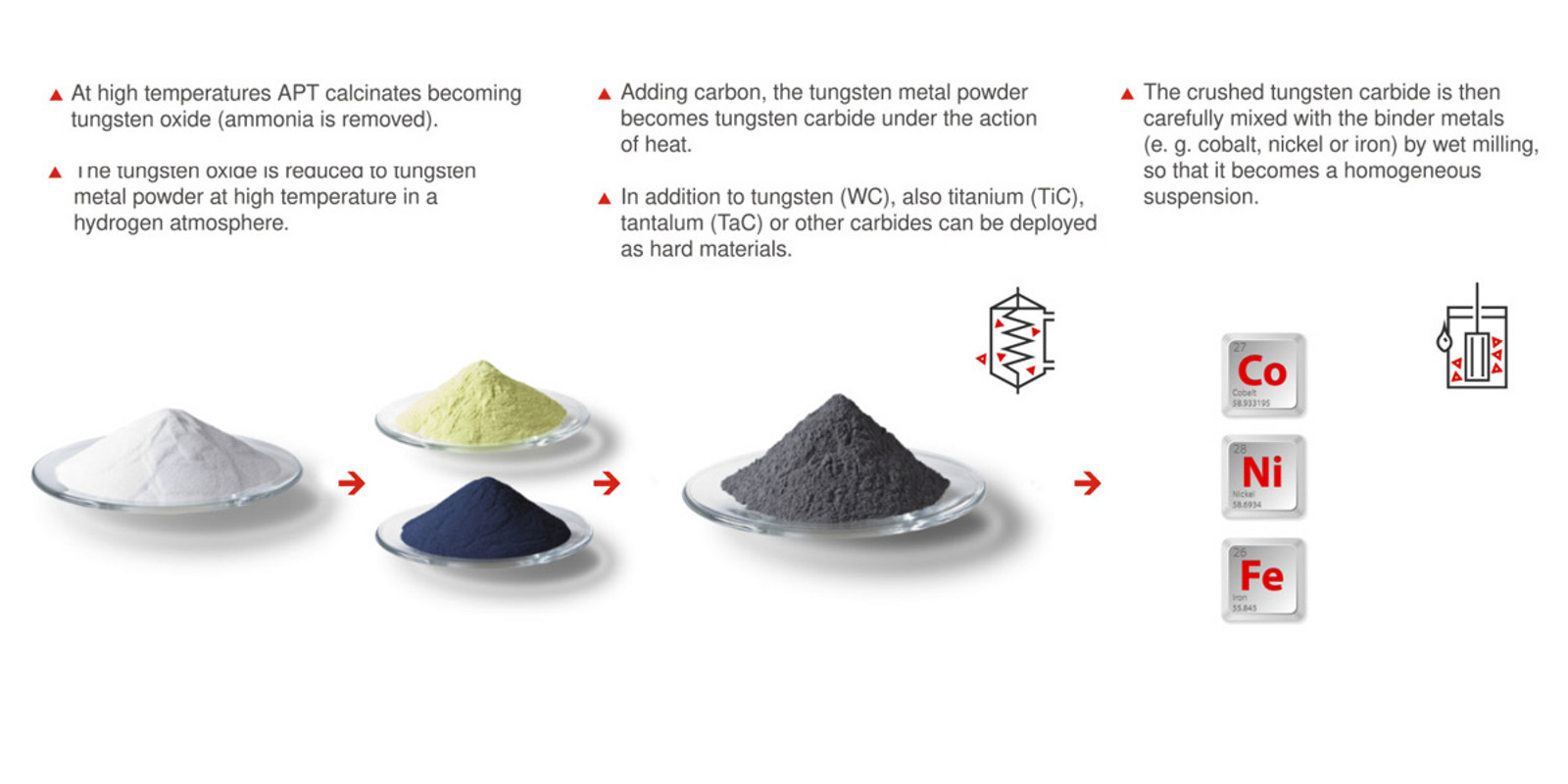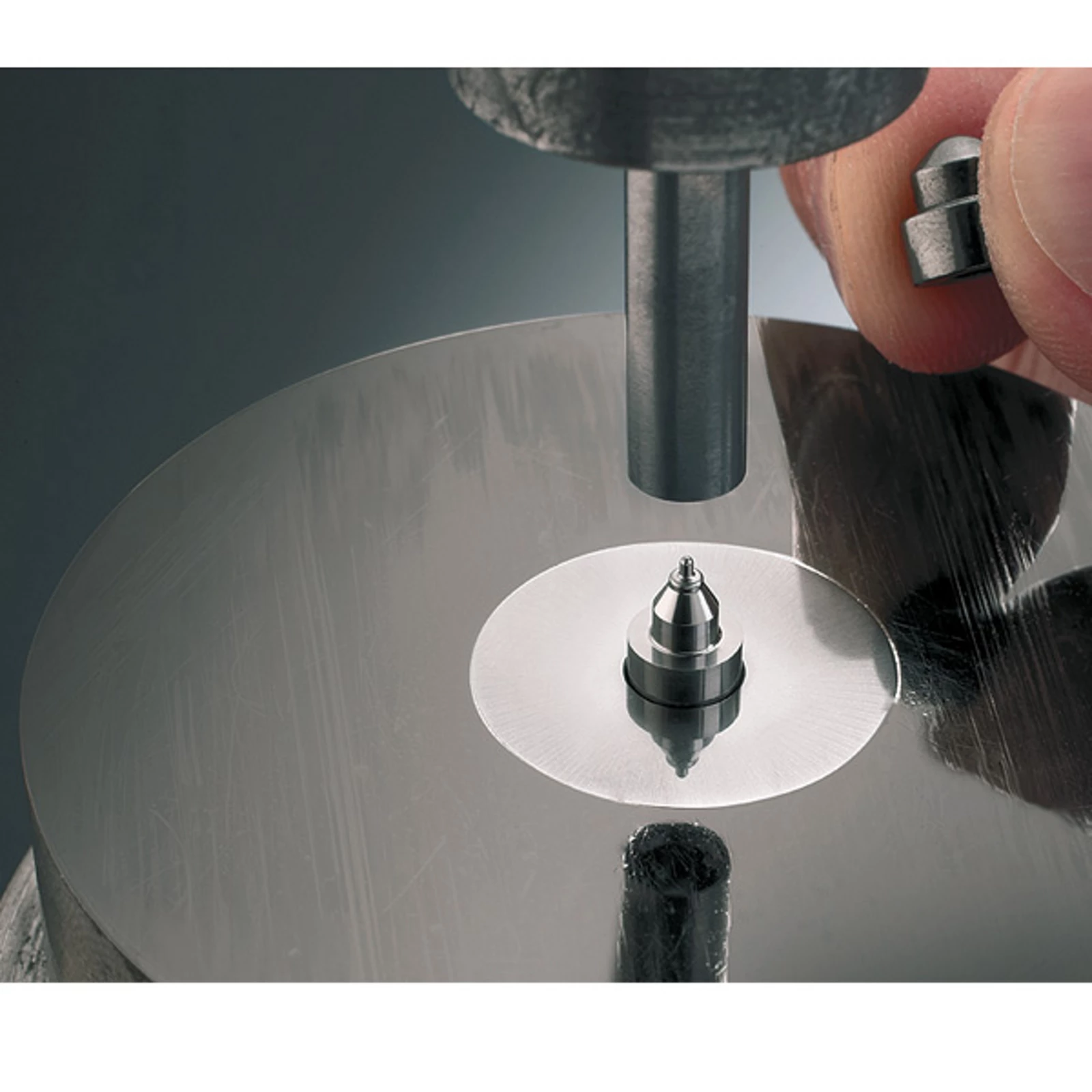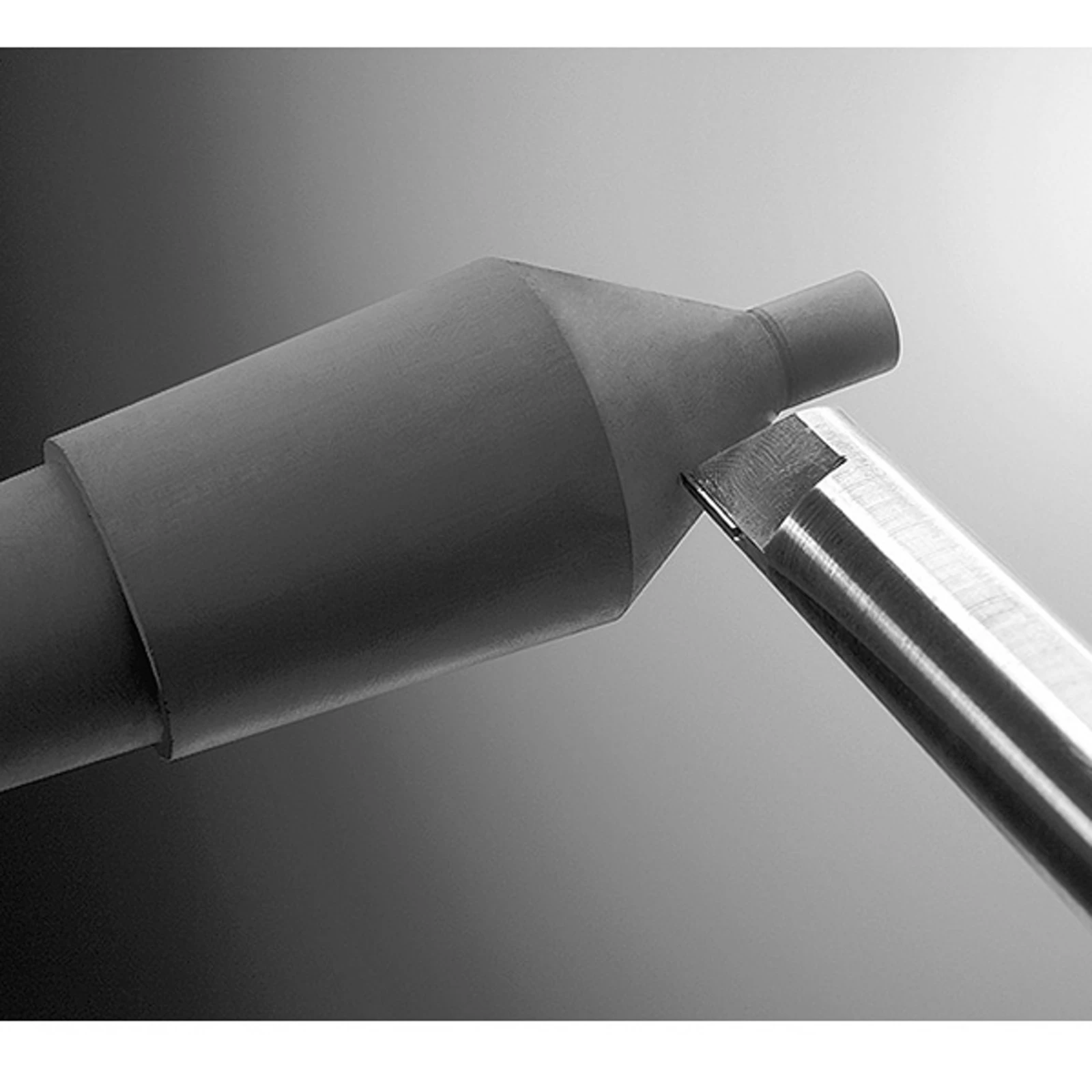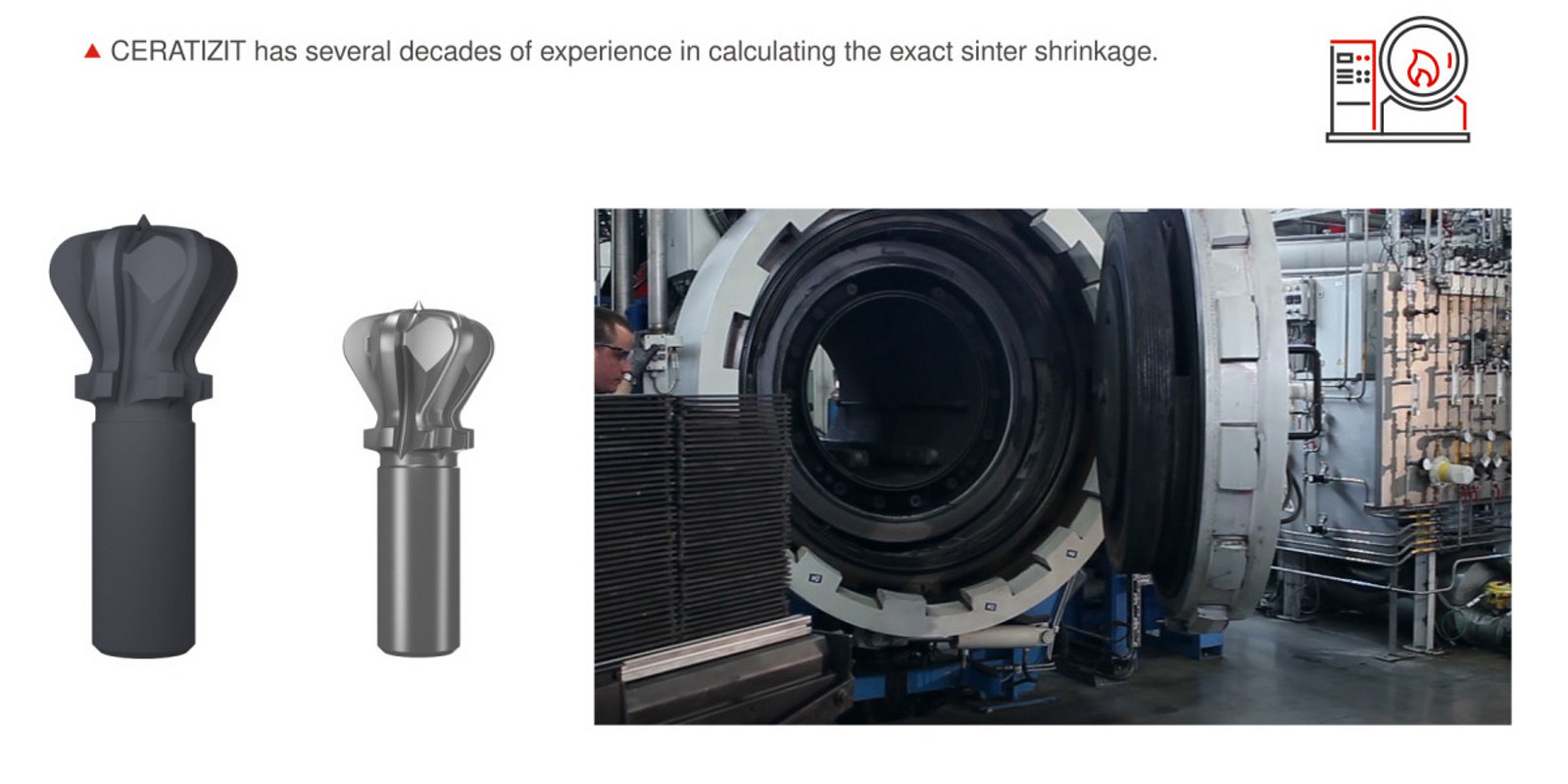
Passion for cemented carbide
From the Ore to the Finished Product
Discover the whole process chain for the manufacture of cemented carbide products.
CERATIZIT is one of the few carbide manufacturers who manages the entire process chain single-handedly: from mineral extraction to powder preparation, from the blank to the semi-finished part and the ready-to-use product. This means that you will consistently receive supreme quality you can count on.
Cemented carbide production
The manufacturing process of the carbide has a notable effect on the quality of the final product. Cemented carbide can only be produced by powder metallurgy. In the numerous steps of the procedure all risks of impurity must be carefully eliminated. Cemented carbide ensures long tool life, and the high quality level in manufacturing is absolutely necessary to guarantee consistent and homogeneous carbide quality which consequently results in predictable tool life.
What are the raw materials for the production of cemented carbide and carbide components?
Tungsten ore, which is obtained by mining, forms the basis for cemented carbide production and the manufacture of high-quality cemented carbide tools. Around 4 kg scheelite or wolframite is obtained from 2,000 kg of tungsten ore, resulting in 2.55 kg of tungsten metal. By means of chemical and physical processes, wolframite and scheelite become ammonium paratungstate (APT). At high temperatures APT calcinates becoming tungsten oxide (ammonia is removed). The tungsten oxide is reduced to tungsten metal powder at high temperature in a hydrogen atmosphere. Adding carbon, the tungsten metal powder becomes tungsten carbide under the action of heat. The crushed tungsten carbide is then carefully mixed with the binder metals (cobalt, nickel or iron) by wet milling, so that it becomes a homogeneous suspension. For maximum wear resistance and based on the resulting carbide grade, different quantities of cobalt are added to the tungsten carbide in the nano-crystalline range (<0.2 μm).
Powder production
The manufacturing process of tungsten carbide starts with the mining of the tungsten ore. In the first separation and processing steps a very pure crystallised product, ammonium paratungstate (APT) is produced. Annealing in vacuum then results in the blue tungsten oxide W2O5, annealing in air produces the greenish yellow tungsten oxide WO3. At temperatures ranging between 800 and 1000°C the tungsten oxide is reduced into pure tungsten powder. For this purpose the tungsten powder is mixed with soot or graphite, heating the mixture up to a temperature between 1500 and 2000°C. The powder to be used further on consists of various carbide powders, binder metals and pressing accessories as well as other additives which can be wet milled to the requested grain size in different periods of time; subsequently they are granulated through spray-drying.
Forming the green compact
Four different pressing procedures may be used to form the granulated mixture:
- Die pressing: in direct pressing, a pressing tool is used to press the powder into its final form.
- Extrusion pressing: this procedure is applied to produce parts like bars or strips; plasticised powder is pressed through a die and then cut.
- Powder injection moulding: in metal powder injection moulding the cemented carbide paste is formed in an injection moulding machine.
- Cold isostatic pressing (dry-bag or wet-bag pressing): in this procedure rubber tubes in steel cages are filled with the powder and afterwards mounted in the cold isostatic press, which converts the powder into roughly shaped blanks. The following shaping process then provides the final form.
Shaping of the preform
Machining of green compacts
The pressed product is further processed before sintering. The mechanical machining involves conventional procedures like milling, cutting, drilling or turning.
Sintering – densification of the green compact into a carbide blank
The sintering process determines the actual properties of the resulting carbide grade. In the sintering process the heat treatment at around 1,500°C converts the green compact into a homogeneous and dense cemented carbide body. The volume of the green compact is reduced by up to 50%, depending on the carbide grade. This means that a lot of expertise is necessary for the production of the blanks so that the final products will have the correct dimensions. CERATIZIT’s carbide experts have several decades of experience in calculating the exact sinter shrinkage, ensuring high quality of the final product.
Sintering time: approx. 24 hours
Pressure: up to 100 bar
Sintering temperature: 1,400°C – 1,600°C
Finishing of the carbide blanks
The machining of the cemented carbide has a decisive impact on the properties and characteristics of the finished tools. Qualitative accuracy of the individual machining stages make a real difference to tool life. The following machining methods can be used for cemented carbide:
- Grinding
- Polishing
- Erosion
- Honing
- Edge preparation
- Sand blasting
- Galvanic coating
- Pre-tinning
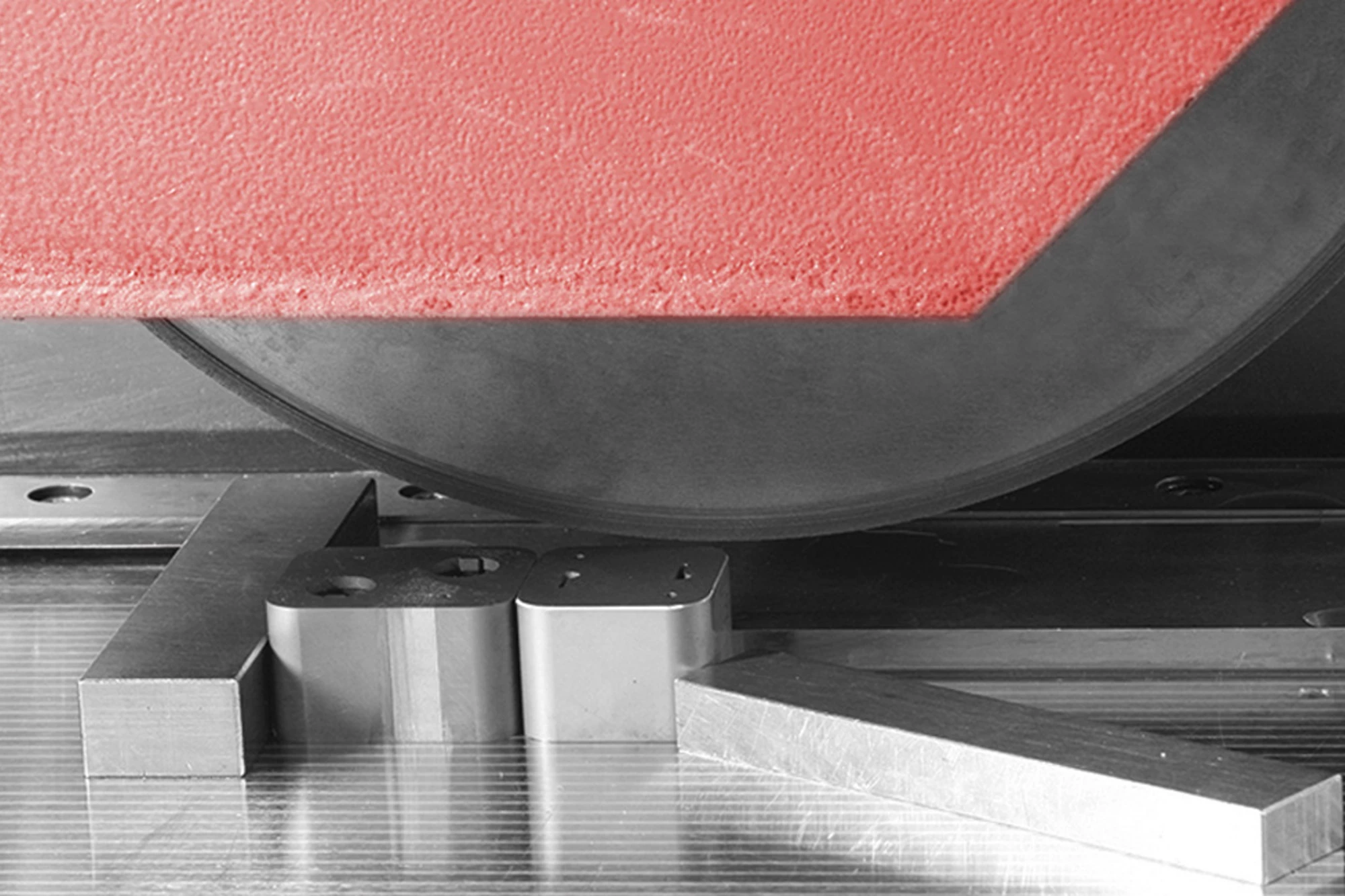
Grinding

EDM Sinking




